Share
Or
https://www.archdaily.com/1034052/architectural-competitions-as-a-tool-to-empower-emerging-voices
Open architectural competitions have long been regarded as gateways for new ideas. They level the playing field by proposing a single call, a clear set of rules, and an evaluation based on the quality of the work, conducted anonymously. For organizers, like cities, institutions, or companies, they represent a way to gather relevant proposals in a transparent public forum, backed by a competent jury. Unsurprisingly, competitions have marked decisive moments in the history of the discipline, such as the Centre Pompidou competition in Paris, which brought Renzo Piano and Richard Rogers to prominence with their “inside-out building,” or the one for Brazil’s new capital, won by Lúcio Costa with the Pilot Plan that synthesized the city into two intersecting axes, interpreted as either an airplane or a cross.
So, why do competitions still matter in architecture today? Beyond their historic role in shaping iconic projects, they continue to serve as testing grounds for fresh ideas, talent, and innovation. In the following sections, we explore competitions from three angles: the motivations that keep architects returning to them, the reasons organizers continue to launch them, and a practical playbook of strategies to help you approach your next competition with clarity and purpose.
 Courtesy of Buildner
Courtesy of Buildner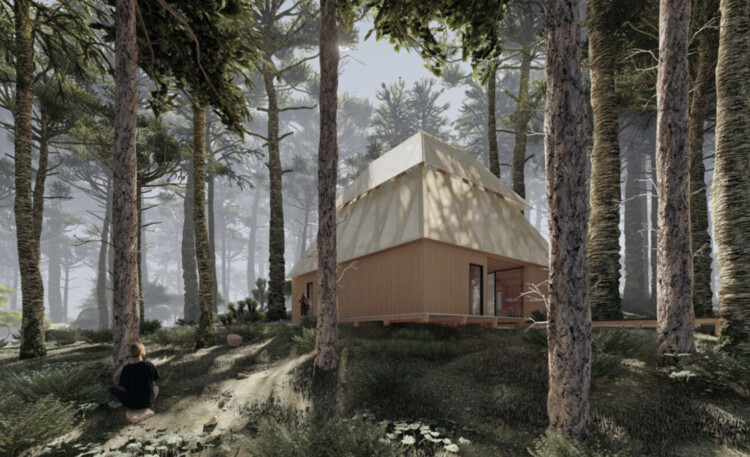 Courtesy of BuildnerWhy Architects Keep Entering
Courtesy of BuildnerWhy Architects Keep Entering
Despite the competitive nature, competitions provide valuable exposure, portfolio growth, and the potential to win career-defining commissions — making them a vital tool for both emerging and established practices. Competitions continue to attract architects because they offer:
Recognition and Visibility: Projects move beyond portfolios into public forums with juries, results, and media coverage. Opportunity: Shortlists and winning entries act as talent directories, opening doors to collaborations, interviews, and clients. Creative Progress: Structured briefs and deadlines push architects to explore new typologies. Even without winning, participants leave with a project that can be refined, published, and developed further.
Our studio participates in competitions because they allow us to challenge ourselves and enhance our skills. They allow us to tackle unique design problems by experimenting with innovative solutions that explore unconventional ideas and push the boundaries of traditional design. Competitions also provide an opportunity for us to showcase our creativity and abilities. Winning or even participating can significantly boost our visibility and attract the attention of potential clients and future employees. – Daniel Rojas, Wandrian Studios, winner on MICROHOME × Kingspan Competition
 Courtesy of Buildner Why Organizers Keep Running Them
Courtesy of Buildner Why Organizers Keep Running Them
For institutions, cities, and companies, open competitions are strategic tools. By inviting a broad pool of participants, competitions generate diversity of ideas, stimulate public engagement, and often provide tangible solutions that can inform policies, guide investments, or feed directly into future projects. They also enhance transparency, positioning organizers as open and innovative actors willing to collaborate with the global architectural community.
For promoters, open competitions bring diversity of ideas and foster engagement around specific challenges. Recent Buildner competitions illustrate this balance well. In Dubai Urban Elements, the city was reimagined as a kit of parts, like shading structures, furniture, signage, and stops. Participants responded to precise, climate-conscious criteria, while the shortlist provided the city with a pipeline of elements ready for prototyping and scaling. In the House of the Future (€250,000), a national housing issue was translated into a clear and accessible brief: affordable, expandable, and climate-adapted dwellings.
Along similar lines, MICROHOME × Kingspan (€100,000) turned brand research and development into a tangible challenge: designing a compact 25 m² residence, wie the restrictions serving as catalysts for innovation, resulting in a library of solutions and a mapping of promising teams. The AIA/Denver Affordable Housing Challenge, in turn, brought global ideas into dialogue with local realities, testing them against U.S. building codes, specific sites, and pragmatic strategies. At a smaller scale, The Architect’s Chair showed how a craft-focused brief can be equally impactful, with the jury chaired by Philippe Starck. Together, these cases show how competitions leave behind a toolbox of concepts, prototypes, and teams that organizers can draw on to address pressing challenges in real and lasting ways.
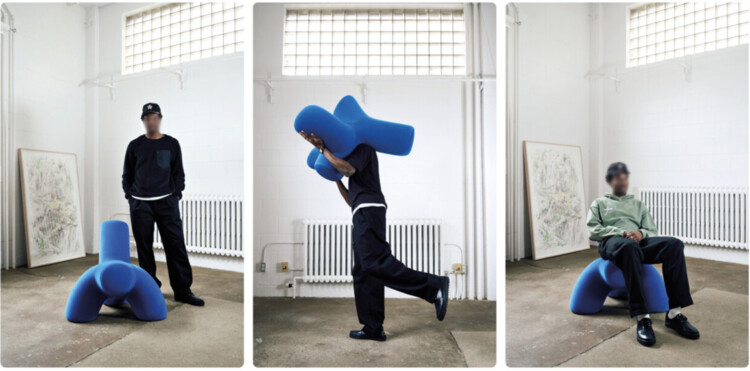 Courtesy of BuildnerA Playbook for Participants
Courtesy of BuildnerA Playbook for Participants
For those preparing a competition proposal, it’s important to see each project as an investment in your professional trajectory. With the right approach, every entry can become a learning process, a portfolio piece, and an opportunity to open doors to new collaborations. A few strategies can help maximize the experience:
Choose themes aligned with long-term interests: Competitions can act as stepping stones toward the kind of work you want to pursue. Present ideas in a clear and engaging way: Strong visuals and precise language make a proposal memorable to juries and readers alike. Balance boldness with feasibility: Innovative concepts gain traction when paired with realistic pathways for implementation. Share your work beyond the competition itself: Even unawarded projects can build visibility if published, exhibited, or adapted into future commissions.
I think the goal of architecture competitions is to test out innovative ideas and showcase the creative potential of young designers and architects. I like to take part in these competitions to challenge myself and my creative thinking, and to improve my project managing skills for the future. – Valentí Soler Casas, 3rd place on MICROHOME × Kingspan Competition
Ultimately, perhaps the greatest value of a competition lies in stimulating creativity. How many different paths can be taken to reach an answer? What possibilities emerge from a single provocation? Competitions are an essential part of the profession, bringing a freshness often absent in daily practice. More than immediate results, they offer emerging architects a stage to experiment, test ideas, and shape the future of design.
Buildner Unbuilt Award 2025 invites architects worldwide to share projects that exist on paper but have yet to be built. With €100,000 in prizes, publication in the Unbuilt Book, and global visibility, it’s an opportunity to transform concepts into recognition, and perhaps into the next step in your career. Learn more and register here.

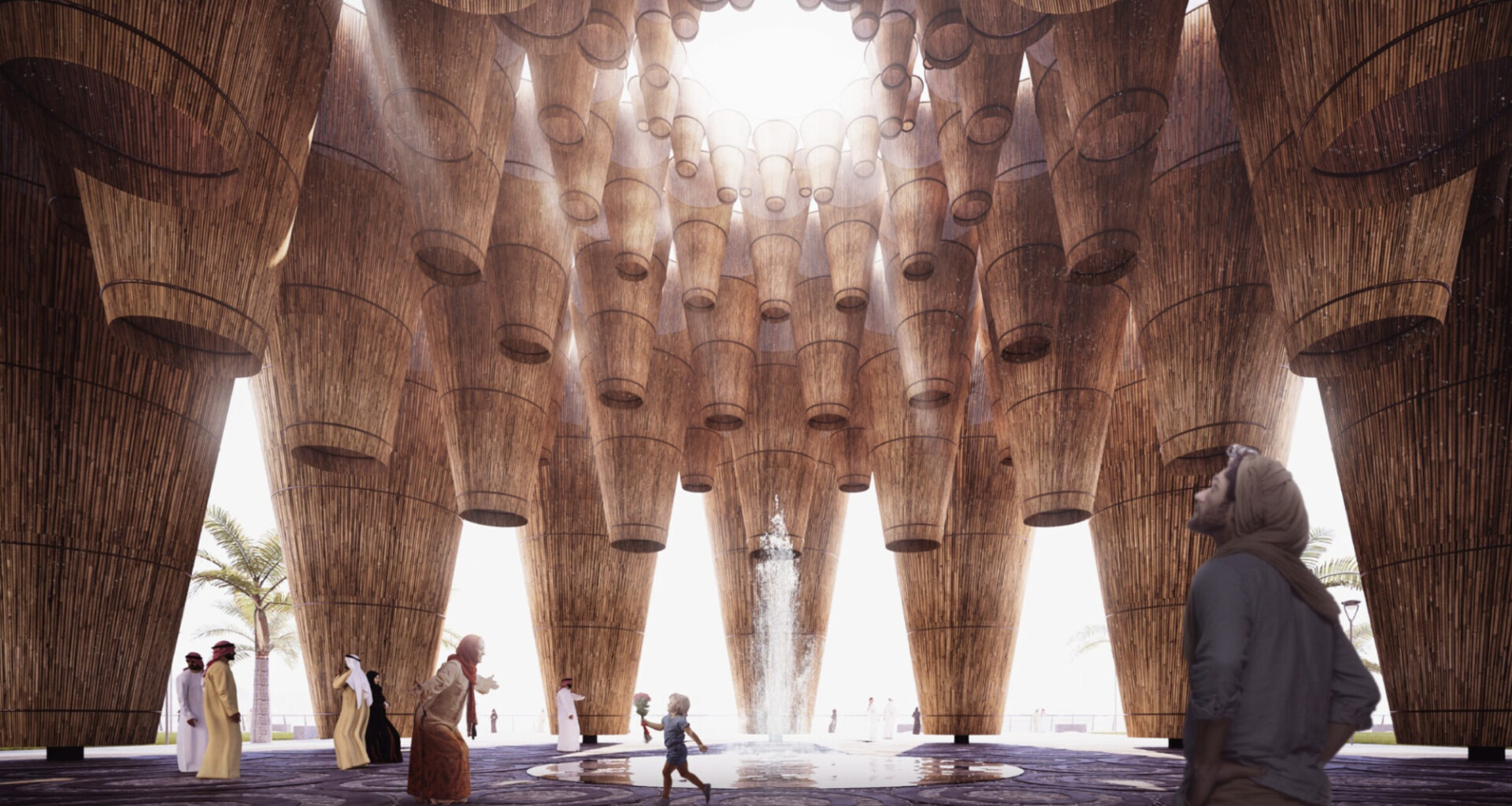
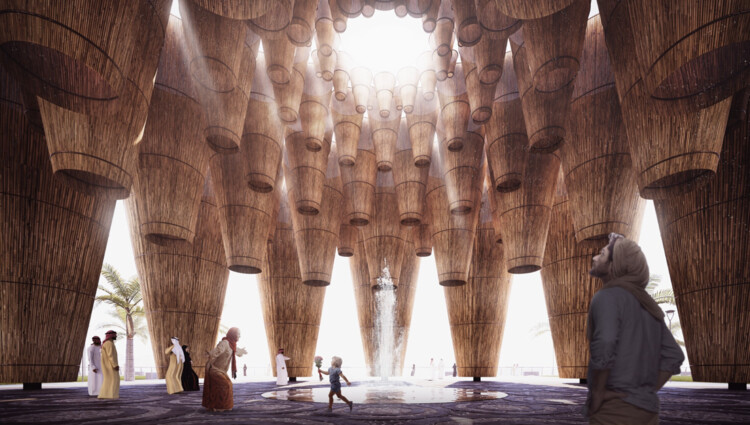
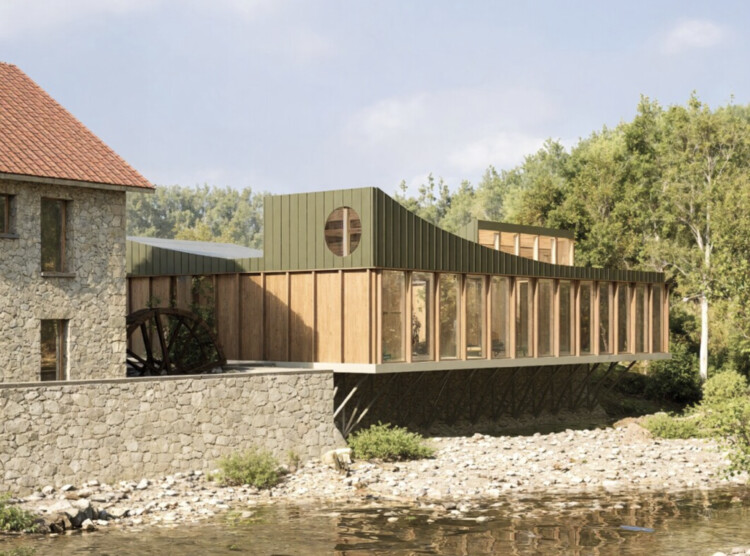 Courtesy of Buildner
Courtesy of Buildner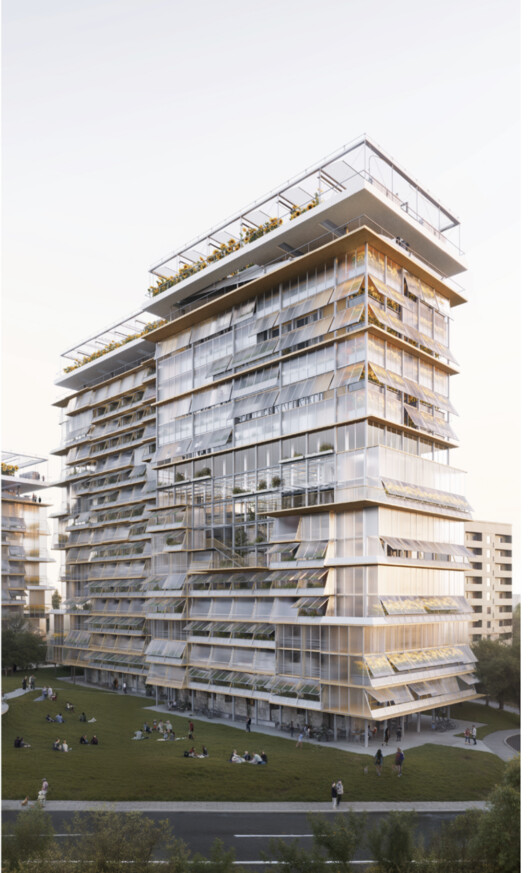 Courtesy of Buildner
Courtesy of Buildner